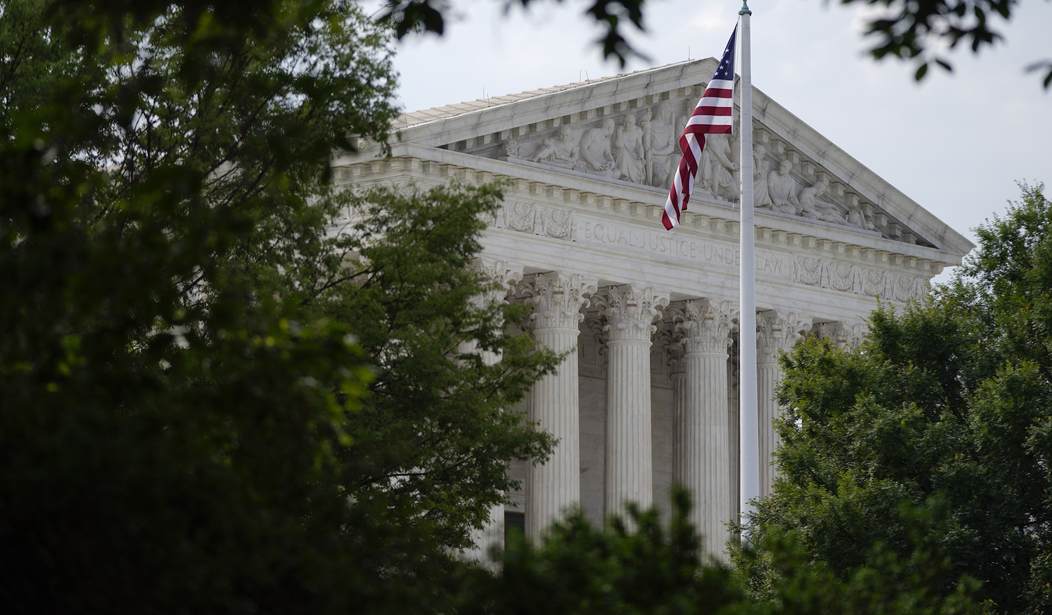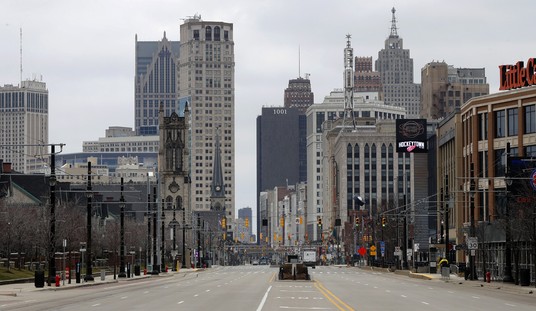After most mass shootings–and I mean actual mass shootings here, not what some try to claim qualify–there’s a renewed push for gun control. Despite the Bruen decision, I don’t think that’s ever going to go away.
In the wake of Las Vegas, the push was for a bump stock ban.
After all, many claimed that without those stocks, the gunman wouldn’t have been able to maintain such a high rate of fire and many lives might have been saved.
I’m unconvinced since a bump stock isn’t required for one to bump fire, but the pressure was enough that President Donald Trump directed the ATF to reverse their ruling on bump stocks.
Now, the bump stock ban is may get overturned by the highest court in the land.
The U.S. Supreme Court could be poised to strike down a ban on bump stocks introduced following the 2017 mass shooting in Las Vegas that left 58 people dead.
The justices may be preparing to hear two lawsuits challenging the bump stock ban, which was introduced by then President Donald Trump in 2018, as the new judicial term begins on October 3.
A bump stock is a firearm attachment that allows a semi-automatic weapon to shoot almost as fast as a machine gun does. A bump stock was used by the Las Vegas shooter.
…
Two lawsuits challenging the ban – W. Clark Aposhian v. Attorney General Merrick and Gun Owners of America v. Garland – were due to be discussed by the nine justices at their conference on September 28.
The cases center on whether the Bureau of Alcohol, Tobacco, Firearms and Explosives (ATF) was in error when it defined bump stocks as machine guns under a 1986 law that bans machine guns. The ATF had not previously defined bump stocks in this way.
…
The Supreme Court’s majority ruling in a landmark firearms case in June may also indicate a willingness to address the bump stock ban.
Indeed.
Now, let’s be very clear here. Bump stocks are not machine guns. They never have been and there’s a reason the ATF didn’t define them as such. A machine gun is defined as a firearm that fires multiple rounds with a single pull of the trigger. A bump stock doesn’t cause a gun to fire multiple rounds with a single trigger pull, it just makes those trigger pulls a whole lot faster.
It should never have been changed in the first place.
But will the Supreme Court actually overturn the ban? That’s actually a trickier question than I care for.
You see, while the Second Amendment is pretty clear and doesn’t differentiate between any particular kind of arms, the Court has argued that banning “dangerous and unusual” weapons is certainly acceptable. Basically, this is a way to keep the National Firearms Act on the books with its restrictions on things like machine guns and various destructive devices.
Instead, the Court has argued that arms “in common use” are the ones protected by the amendment.
So while the bump stock doesn’t actually meet the definition of a machine gun, because of the current state of things, you can’t really say they’re in common use. After all, they were banned and there was no grandfather clause included in it.
Even before the ban, bump stocks were a novelty, for the most part. A number of people had them, but most didn’t bother. They didn’t find a need to buy such a thing.
That means they were never really in common use even before the ban.
Now, with that said, they were also a semi-new product. They’d been out for a few years, but new technology doesn’t exactly get instant acceptance. Over time, bump stocks might have been standard on many firearms given enough time.
So is that something the Court will consider regarding the bump stock ban? I honestly don’t know.
What I do know is that such a ban shouldn’t be upheld. The plain text of the Second Amendment is about as clear as it gets. As it is, though, we’ll just have to wait and see.








Join the conversation as a VIP Member